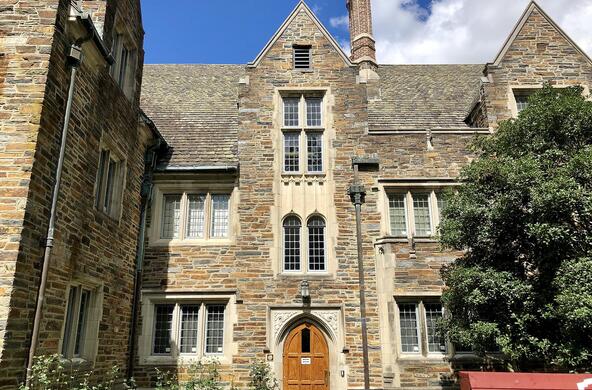Many people make the mistake of thinking that hydroelectric power is an environmentally benign source of energy. It is renewable (unlike oil), doesn't generate noxious waste (unlike nuclear power), and wouldn't seem to produce harmful greenhouse gases (unlike coal). As a result, hydropower is often featured in packages of "green" energy offered to concerned consumers, and conferences like the one recently organized by Congressman Hall (Poughkeepsie Journal, 18 November) frequently tout the potential of hydropower as a clean energy source for the future.
But hydropower, like most energy production, causes serious environmental problems. A river that has been cut to pieces by hydropower dams acts no more like a wild river than a bucket of The Colonel's Extra Crispy acts like a living chicken. Hydroelectric dams prevent fish and other species from moving freely along rivers, and isolate populations of river-dwelling animals into small segments between dams. The magnificent salmon runs of the Pacific Northwest have been decimated by hydropower dams, and attempts to restore these runs have been politically acrimonious, expensive, and so far unsuccessful. Similar problems, although less widely publicized, have occurred wherever dams have been built, damaging or destroying populations of sturgeons, shads, and other valuable migratory fish. Once dams are in place, attempts to undo the damage they cause by installing fish ladders, altering dam operations, or even removing the dams altogether have been complicated and expensive, have caused their own environmental problems, and ultimately often have been unsuccessful.
Hydroelectric dams also change habitat conditions for long reaches up- and downstream of the dams. The sediments that formerly nourished floodplains and deltas below the dam are trapped in the reservoir, leading to channel and coastal erosion for many miles downstream. The unnatural flows created by hydropower plants stress or even eliminate the animals that were adapted to the natural rhythms of river flows. And of course, the pond-like habitat provided by reservoirs is unsuited to most river-dwelling species, and has aided in the spread of undesirable invasive species. As a result of these ecological changes, dams have led to the extinction of more species in the continental United States than any other single cause.
A further problem with hydropower is that it may actually produce more greenhouse gases than burning fossil fuels to produce an equal amount of electricity. This surprising result occurs because the ooze that accumulates at the bottom of the reservoir above a hydroelectric dam provides ideal conditions for bacteria to make methane, a greenhouse gas that is 21 times more potent than carbon dioxide. It has been estimated that the methane produced by some tropical hydropower reservoirs produces 3-4 times as much greenhouse warming as would have been produced simply by burning fossil fuels to produce electricity! So in addition to destroying habitat, hydropower produces greenhouse gases.
Of course, other methods of energy production cause serious environmental problems too, and hydropower certainly will be part of our energy mix in the future. However, when we evaluate the potential of various energy sources to contribute to this mix, we should take a hard look at their environmental costs, and not overlook the real costs of supposedly green technologies. When we consider the full environmental costs of any method of energy production, whether for hydropower, nuclear power, ethanol production, or coal-burning, I suspect that we will see that energy conservation is by far our greatest bargain.







